 Last week, Erik drew my attention to this odd spiny lava dome spotted on New Zealand’s White Island. It is rather strikingly weird, like the country that brought us the Lord of the Rings had decided to now bring us The Thing – Volcano Edition.
Last week, Erik drew my attention to this odd spiny lava dome spotted on New Zealand’s White Island. It is rather strikingly weird, like the country that brought us the Lord of the Rings had decided to now bring us The Thing – Volcano Edition.
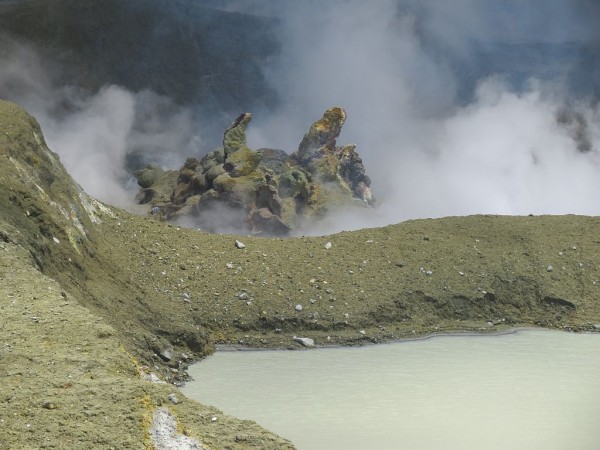
Shapeshifting alien invader, or very viscous lava dome? You decide. Source: GNS
What makes this especially interesting for me is that I’ve visited White Island: during my PhD, I spent several months doing field work on the North Island, and on one of my days off in 2003 I drove up to Whakatane* in the Bay of Plenty and took one of the boat tours out to the island.
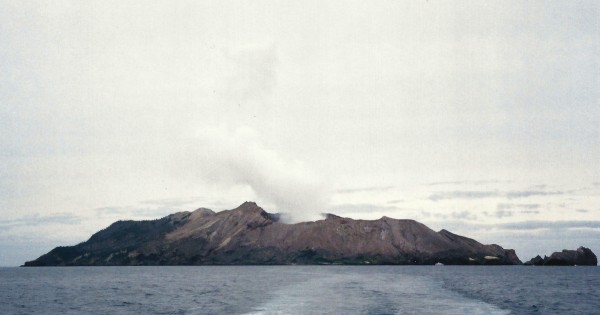
A boat’s-eye view of White Island, a volcanic island in the Bay of Plenty, northern North Island, New Zealand. Photo: Chris Rowan, 2003.
Given this is an active volcanic island, you might expect actually landing on it to be a rather intrepid affair. However, things are made considerably easier by the fact that one side of the caldera has been breached (either inward by the sea, or outward by an eruption; I don’t actually know).

A breach in the caldera wall that allows intrepid tourists access to the inside of White Island. Photo: Chris Rowan, 2003.
Once inside, you are treated to a barren landscape of greys, dusky reds and sulphurous yellows. When we were there, the most active part of the caldera was at the far end from where we landed, where a large, continuous plume of steam was rising from a crater lake. From the wider shot included with Geonet’s bulletin about the lava dome, it looks like this is still the most active area, although it seems to have grown slightly from when I was there.

The most active part of White Island’s caldera on my 2003 visit. The steam is coming from a crater lake. Photo: Chris Rowan, 2003.
We were able to get close enough to peek at the lake. At the time, our guides said we were quite lucky to see the level of activity we did, with a lot of bubbling, and churning, and muddy water being hurled tens of feet into the air. This would probably be considered a quiet day nowadays.
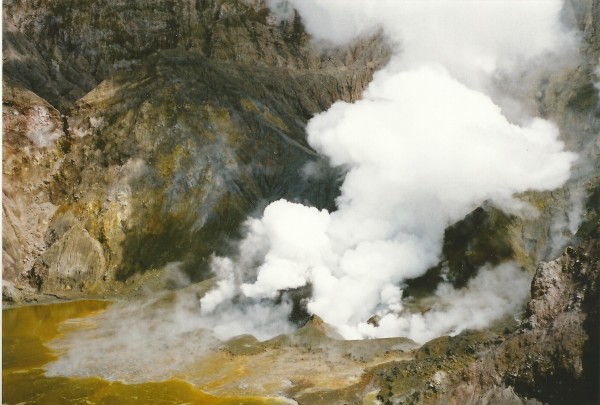
Mud bubbling and boiling in White Island’s crater lake. Photo: Chris Rowan, 2003.
A closer look at the caldera floor allows a small glimpse into the history of White Island: there are clearly differentiated layers of volcanic ash that represent different eruptions (or pulses of the same eruption). They are also some much coarser layers which were probably deposited by pyroclastic debris flows.
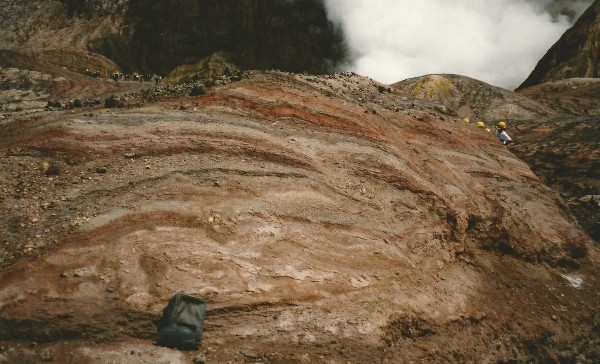
Some White Island stratigraphy: fine ash and coarser debris flows. Photo: Chris Rowan, 2003.
The caldera floor is also dotted with fumaroles emitting volcanic gases. They are easily spotted by the deposits of vivid yellow sulphur precipitated around them.

Yellow sulphur deposited around a fumarole (gas vent) in the caldera. Photo: Chris Rowan, 2003.
There were various attempts to mine this sulphur in the 19th and early 20th centuries. Needless to say, this was a dangerous job: in 1914, ten men operating the latest mining operation were killed when their encampment was engulfed by a lahar that accompanied an eruption. The remains of the last sulphur processing plant are close to where the boat tours land: it’s quite an eerie juxtaposition to see the tour parties poking around a place occupied by people who probably would have thought that anyone visiting this place for pleasure was mad.

The corroded, skeletal remains of the sulphur mine that operated in the late 19th and early 20th centuries. Photo: Chris Rowan, 2003.
As I stared out of the volcanic caldera of an active, explosive subduction zone volcano into the ocean beyond, I couldn’t help but feel that perhaps they wouldn’t be entirely wrong. Not that I regret going at all, but it was one of those times when perhaps even I, with more grasp than most of the nature of the risk at places like this than many visitors probably do, let my desire to see for myself over-ride my common sense.
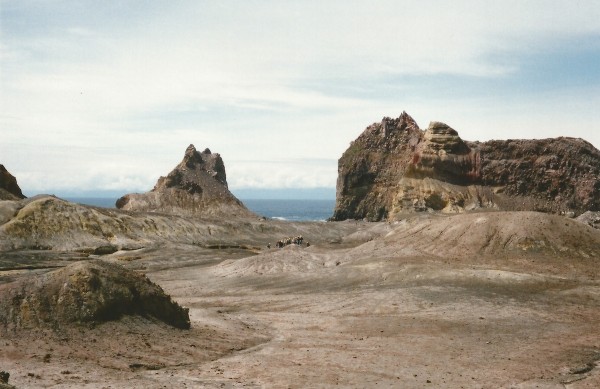
Looking out to sea from inside the caldera. Photo: Chris Rowan, 2003.
* a name made even more awesome when you remember that in Maori, ‘wh’ makes an ‘f’ sound.
![]()
![]()










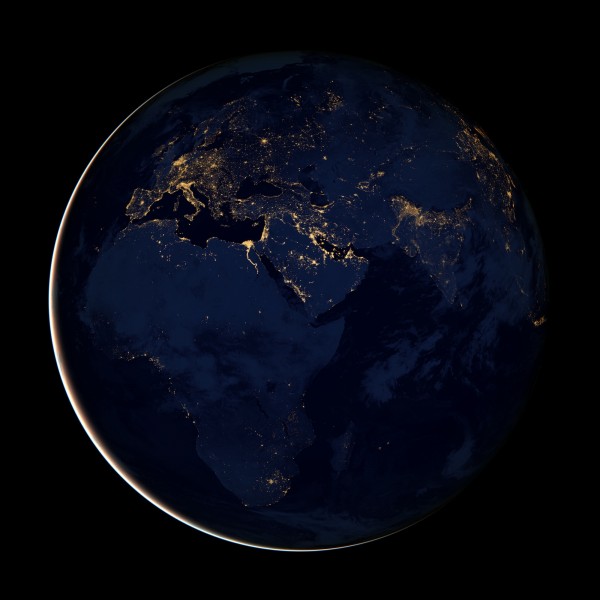
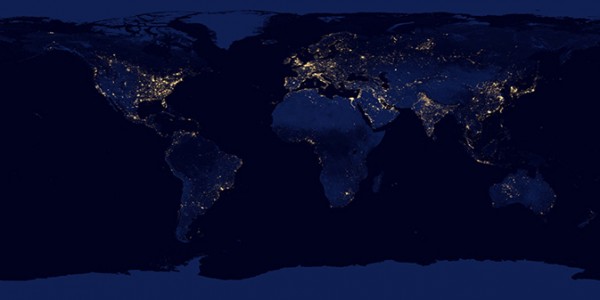
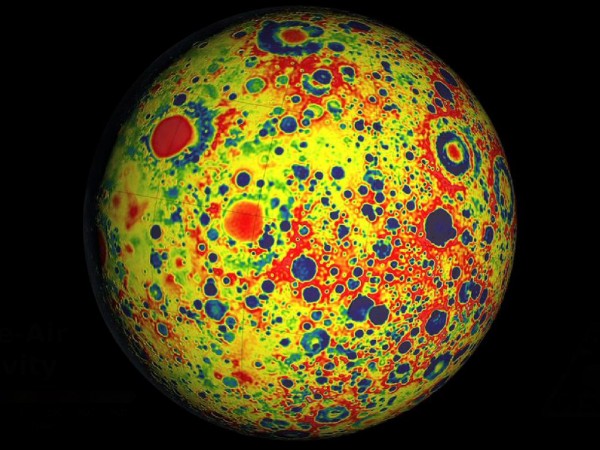
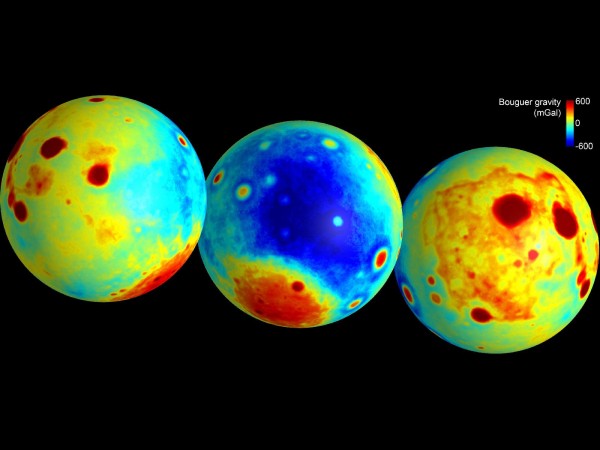
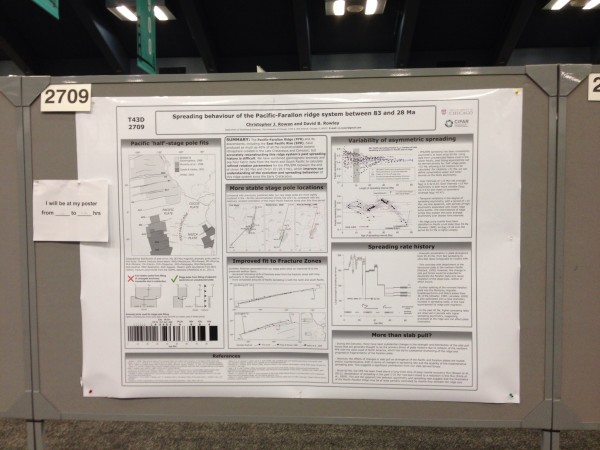


Nice plan for content warnings on Mastodon and the Fediverse. Now you need a Mastodon/Fediverse button on this blog.